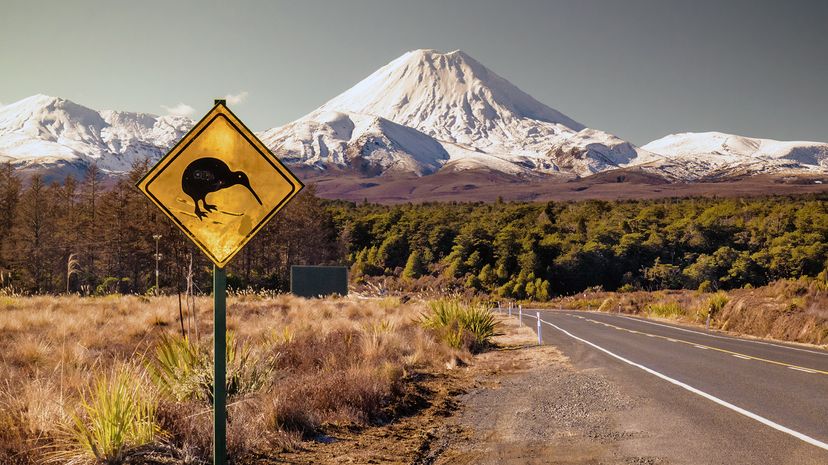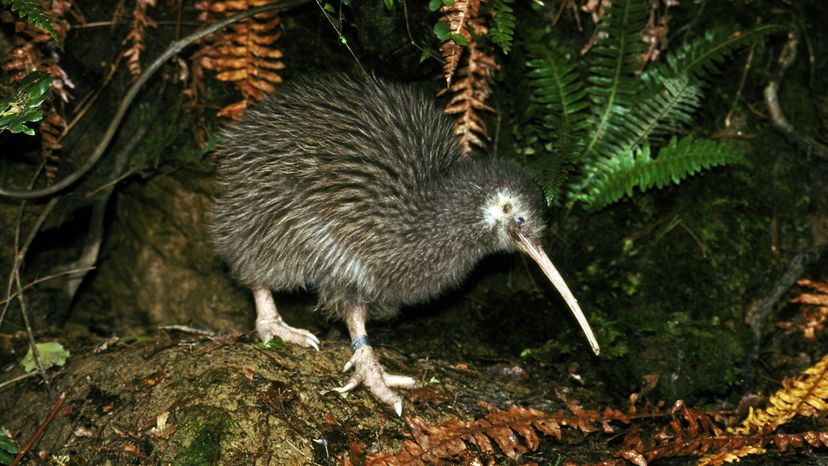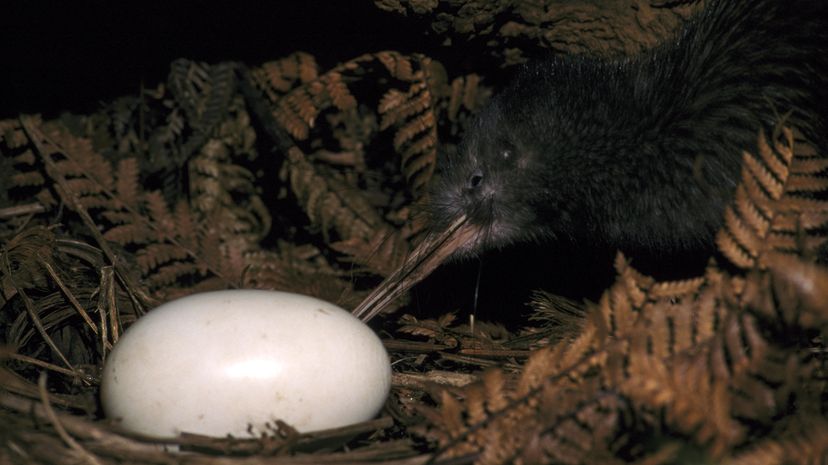
The kiwi bird: a small, flightless bird with some seriously strange features! Native to New Zealand, this bird in the world is unlike any other, with hair-like kiwi feathers, nostrils at the tip of its beak and a highly developed sense of smell.
In fact, this odd little avian might be one of the most distinctive and well-known features of the New Zealand islands. Like the native kiwi fruit (after which it was named), it is small but exceptional and internationally recognized.
Advertisement

